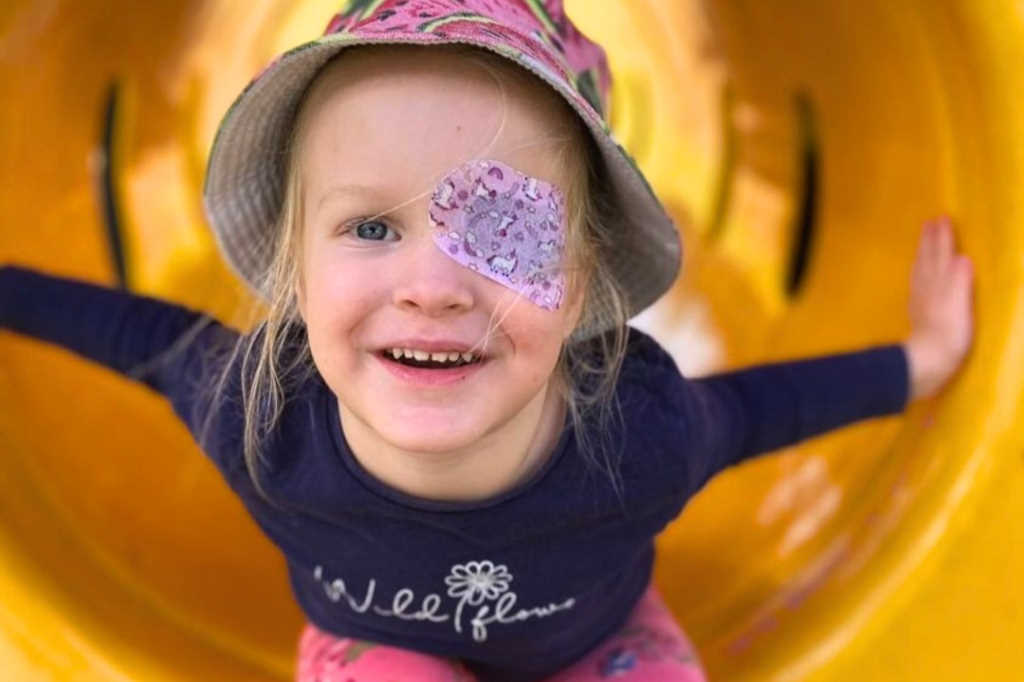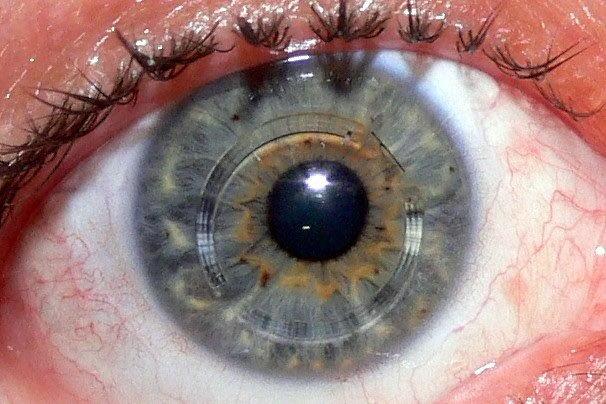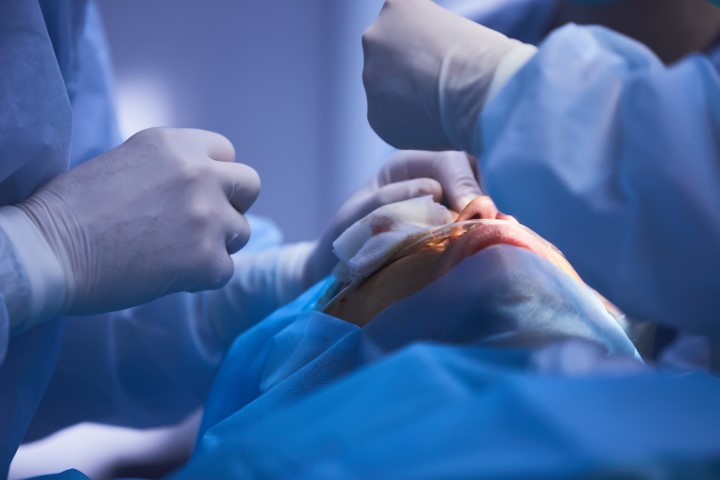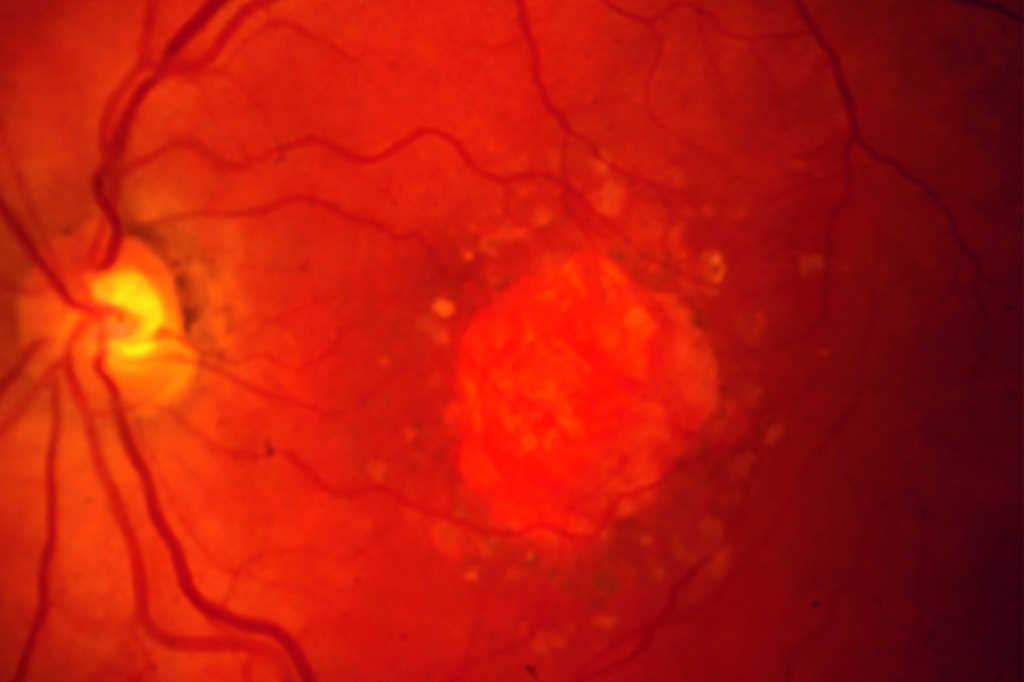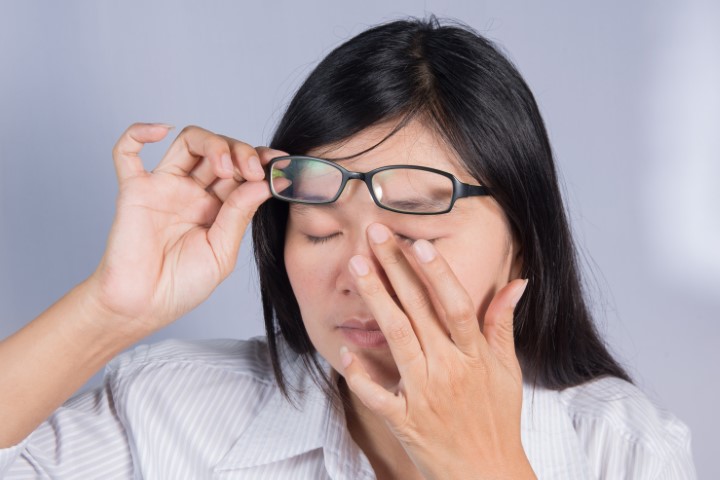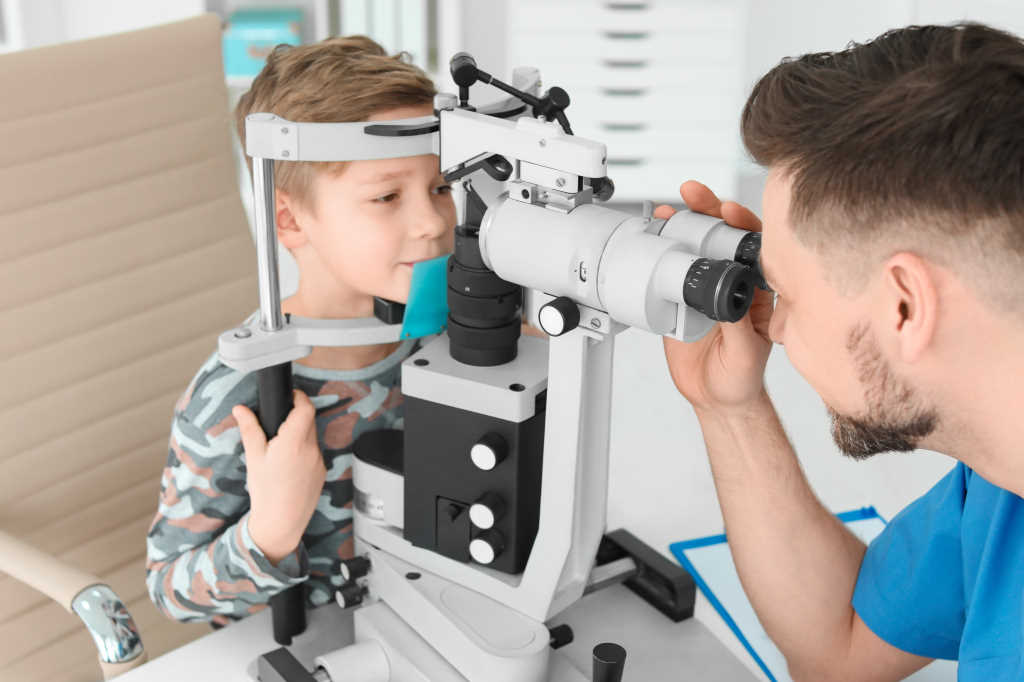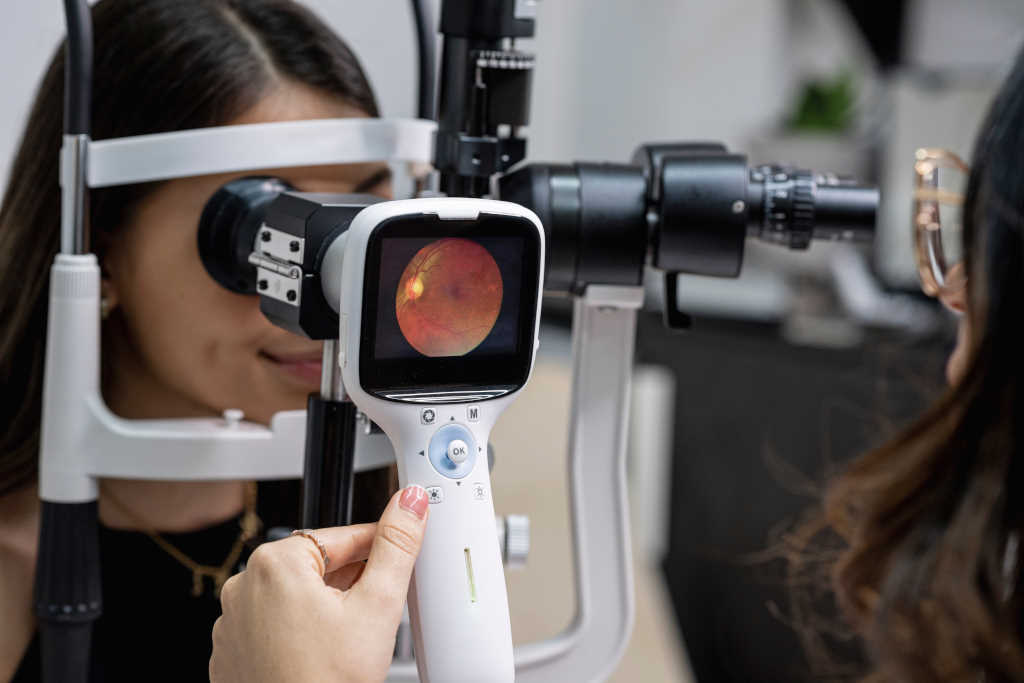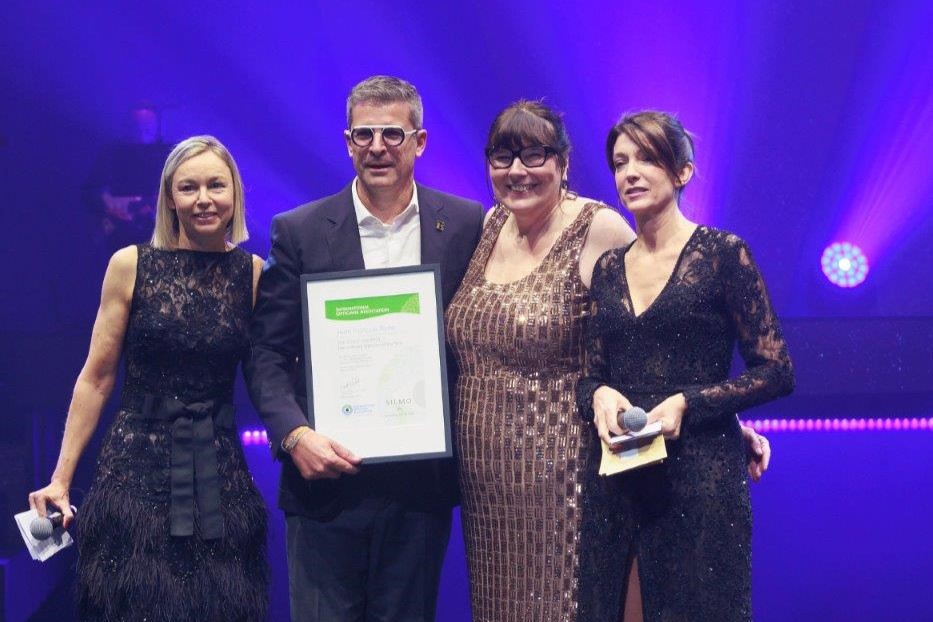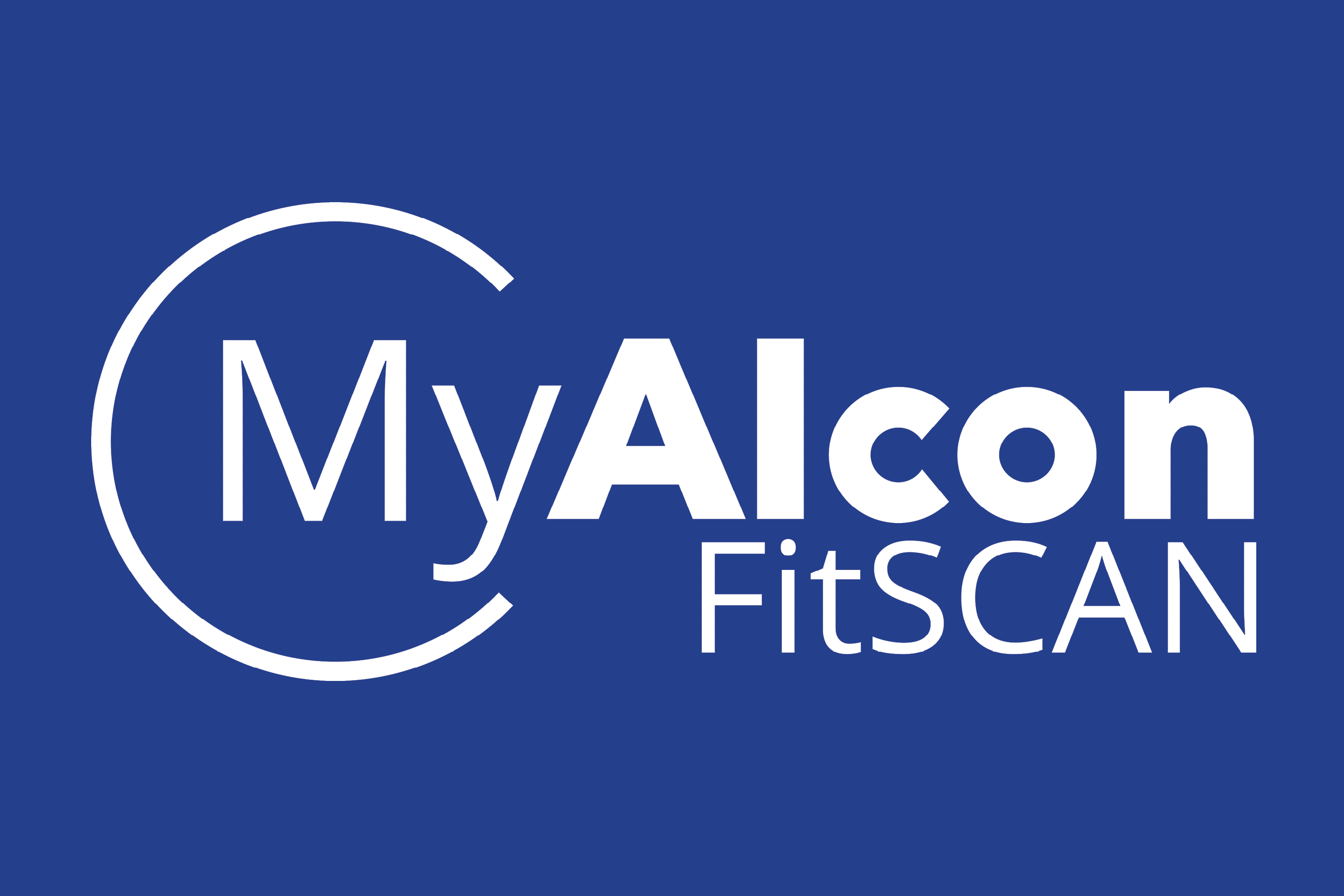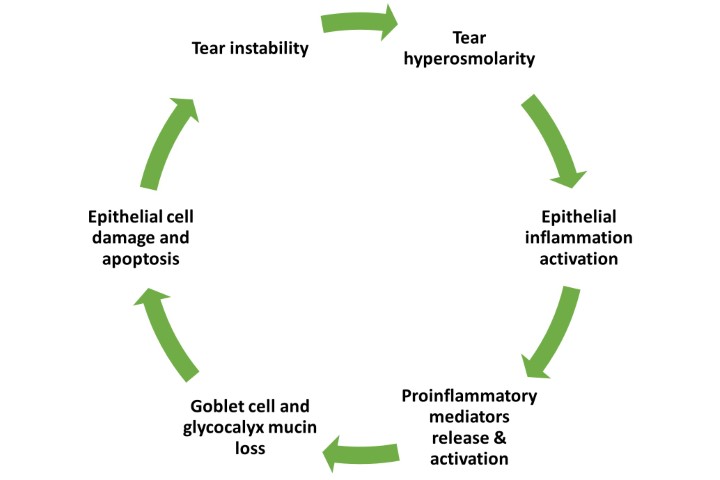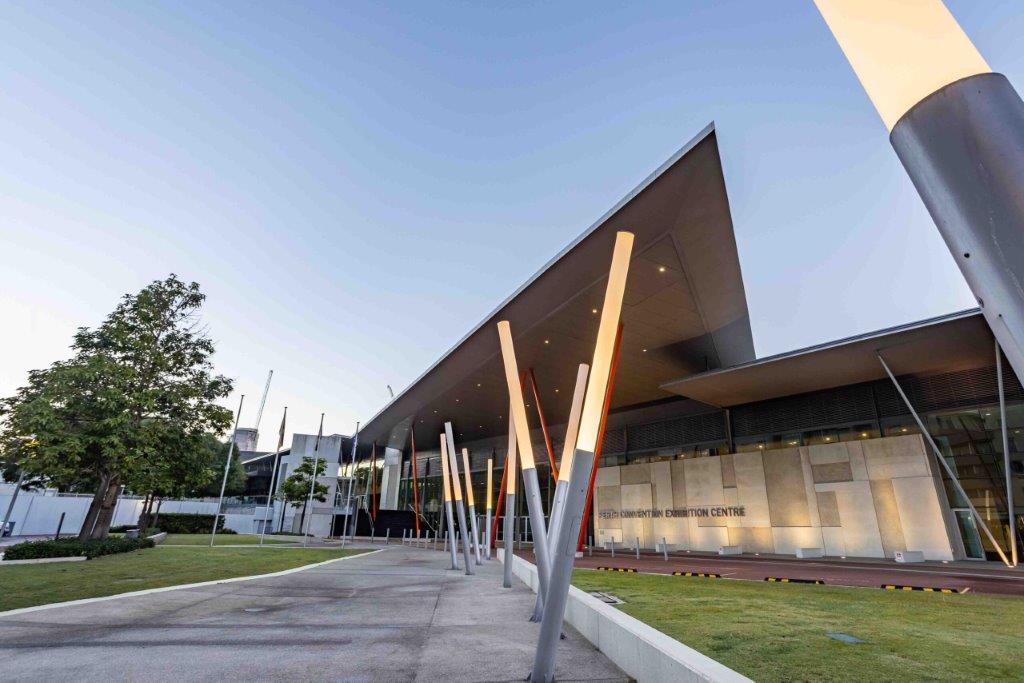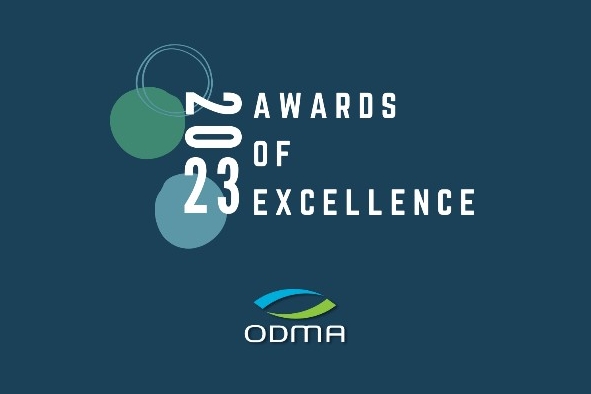Visual function and anomalies research review
Using evidence-based psychological approaches to accommodation anomalies
A Horwood and P Waite, Strabismus. Mar 2023
Review: Twenty-three patients diagnosed with accommodation dysfunction and excluded of pathological or drug-related causes were objectively assessed with a laboratory photorefractive method, as well as by conventional orthoptic testing and dynamic retinoscopy. To help clinicians break a vicious cycle of anxiety and risk of deterioration, all patient interactions used an evidence-based psychological approach to provide insights into how stress and anxiety can cause or exacerbate eye symptoms.
Researchers noted inconsistency of responses as common, with subject responses poorly related to the visual stimuli, adding objective responses often differed from subjective ones. Dissociation between convergence and accommodation was more common than in control groups. Responses often improved dramatically within one session following explanation of the strong relationship between anxiety and accommodative anomalies. None returned for further advice or treatment.
Comment: There is an increased prevalence of anxiety and depression in New Zealand and internationally and vision disorders involving accommodation and vergence are commonly seen in patients with generalised anxiety disorders (GAD), as this and other papers suggest.
The authors of this paper, however, fail to discuss the neuro-anatomical basis for how changes in upregulation of the autonomic nervous system might affect the ciliary body and the medial rectus pulleys, which have recently been shown to contain smooth muscle.
Accommodation is dynamic and regulated by the autonomic nervous system, with the sympathetic nervous system opposing the parasympathetic. Parasympathetic (cholinergic) innervation of the ciliary muscle increases the accommodation response, decreases pupil size and is involved in rapid responses. Sympathetic (adrenergic) innervation of the ciliary muscle reduces accommodation response and dilates the pupil, decreasing depth of focus. The maximal sympathetic nervous system (SNS) effect is approximately -1.50DS. It is a slow response (10-40 seconds). Increased sympathetic activity moved the tonic (dark focus) point away. Increased sympathetic activity results in an increase in the gradient AC/A, with individuals increasing their convergent drive to gain improved accommodation response due to the lag in accommodation resulting from increased SNS tone.
While researchers in this study attributed inconsistencies in response to psychological factors in causing or worsening accommodation and vergence anomalies, there is clear neuro-anatomical evidence that increased SNS tone impacts accommodation and vergence function, working as bottom-up innervation that can temporarily be overcome by top-down approaches. Optometrists and ophthalmologists taking a holistic approach to patient management can improve their delivery of care by not only supporting the accommodation-vergence process with low plus lenses and enabling improved control over this process through vision therapy or orthoptics, but consideration of referral for multi-disciplinary support in patients with signs of GAD. For further information on the role of anxiety and stress on the vision process please see my 2019 review paper.
Characteristics of binocular vision and oculomotor function among sports-concussed athletes
P Dutta, Indian J Ophthalmol. May 2023
Review: This prospective study compared 30 mildly concussed athletes with age-matched‑ controls with a mean age of 25 years. All the participants underwent a comprehensive ocular assessment to exclude those with uncorrected refractive error, pre‑existing ocular and health issues, or taking medications that affect the vision. A subsequent oculomotor assessment included tests for accommodation, vergence, eye movements and reading parameters. Oculomotor-based deficits were found in three domains:
- Convergence deficit in 40% of the concussed group, with statistically significant reduction in convergence amplitude: 14.23 ± 5.00 vs 5.65 ± 0.90; positive fusional vergence for distance: 21.17 ± 8.97 vs 31.32 ± 6.23; and vergence facility: 6.47 ± 1.47 vs 11.84 ± 1.00
- Accommodative deficits in 25% of the concussed group, with statistically significant reduction in binocular accommodative amplitude: 7.13 ± 1.59 vs 15.35 ± 2.95; and accommodative facility: 7.10 ± 4.57 vs 11.67 ± 1.83
- Oculomotor‑based reading dysfunctions in 20% of the concussed group, with statistically significant reduction in reading speed: 66.97 ± 17.82 vs 144.13 ± 24.45; and developmental eye movement ratio: 1.40 ± 0.19 vs 1.17 ± 0.06
Comment: Concussions caused by sports injuries have a considerable impact on binocular vision and oculomotor parameters. This paper adds to the continuing evidence-base supporting changes in the process of vision as sequelae to acquired brain injury, whether mild or severe, and its findings have substantial therapeutic implications in terms of establishing a periodic screening programme for athletes so that essential therapy can be provided for a better outcome.
While spontaneous recovery of symptoms is thought to occur in 70-80% of concussed patients, 20-30% fail to make the expected clinical recovery, with symptoms persisting beyond expected time frames (ie >10–14 days in adults and >4 weeks in children). In clinical practice, persistent symptoms (>4-6 weeks) represent failure of normal recovery. These complex cases require referral for detailed clinical assessment and diagnosis relative to their symptom profile. This may be specific or multimodal in the known concussion diagnostic domains of vestibular, cognitive, headache-migraine, fatigue, anxiety-mood and vision. Treatment should be individualised and target-specific to the diagnosis.
Interventions for rehabilitation of persistent visual symptoms following mild traumatic brain injury (mTBI) include optical devices (refractive spectacles, prism spectacles, filters and tints) and graded active optometric vision therapy protocols (targeted exercises to rehabilitate oculomotor and visual-vestibular dysfunctions). If the vision conditions related to mTBI are not addressed, they can affect the rehabilitation outcomes for the individual, along with their readiness to return to learning, work and sport.
Optometrists wanting to further their education in neuro-optometric care can consider enrolling in the ACBO Accreditation in Neuro-Optometric Care Program.
The effects of amblyopia on children’s reading performance after patching treatment
A Fernandes and N Ferraz, European Journal of Ophthalmology. Jan 2022
Review: This study evaluated the reading performance of 10 successfully treated strabismic amblyopes with endpoint acuities of 6/6 in the treated eye, compared to a control group comprising 10 children matched by age, gender and school-grade with no visual disorders. Reading performance was evaluated according to reading acuity (RA), critical print size (CPS), reading speed (RS) at 0.7 logMAR and maximum reading speed (MRS) using the MNREAD chart.
Binocular reading performance was compared, with no statistically significant differences found between groups on RA, CPS, RS, or MRS (p>0.05).
When analysing monocular reading performances of treated amblyopes, worse RA (p=0.04) and CPS (p=0.04) was observed on the previously amblyopic eye compared to the fellow eye. When comparing the fellow eye from treated amblyopes and a randomly selected eye from controls, no statistically significant differences on RA, CPS, RS or MRS were found (p>0.05).
Comment: These results suggest even patients who reached visual acuity (VA) of 20/20 in the treated eye after patching treatment for amblyopia may present persistent impaired reading performance. The findings also reinforce the importance of reading performance testing as a tool when evaluating the visual function development in amblyopic patients.
Previous research on amblyopia has shown deficits of visual function development in reduced contrast sensitivity, reduced eye-hand coordination and fine motor skills, accommodation control, oculomotor control, spatial crowding, reduced visual processing speed, global form detection, temporal instability, perceptual localisation errors, abnormal global motion detection, motion-defined form extraction, stereoacuity, impaired decision making.
It is little surprise that following successful amblyopia treatment through patching, using VA as the only benchmark of a successful outcome, 80% of amblyopes with strabismic mechanism have regressed at the five-year mark, since looking through the previously amblyopic eye remains functionally inadequate.
This study provokes the question: should we continue to use a two-line difference in VA not correctable by refractive means and not attributable to obvious structural or pathologic anomalies of the eye, as the single diagnostic data point for diagnosis of amblyopia? It also provides further information when considering the benefits of binocular dichoptic therapy over patching or atropine for the treatment of amblyopia.

Evan Brown is a behavioural optometric vision care practitioner with an interest in paediatric optometry, neuro-optometric rehabilitation and visual dysfunctions related to learning, and the roles of the autonomic nervous system, stress and distress in the visual process. He is the past-president of the Australasian College of Behavioural Optometrists.










